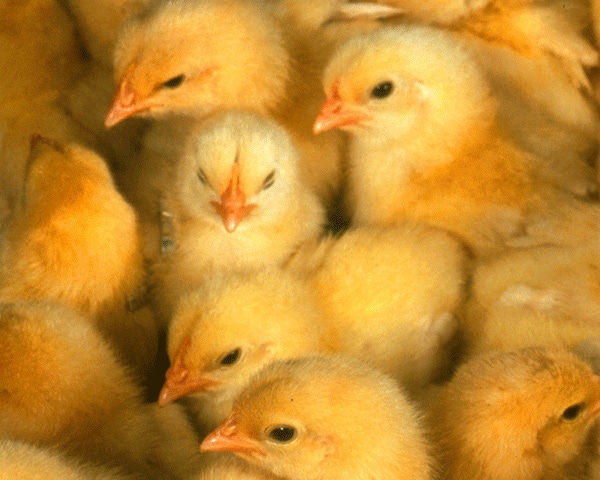
Containing water costs has been a major preoccupation for Gene Simpson and Jim Donald, the two Alabama Cooperative Extension System educators and Auburn University faculty members who head the Auburn-based National Poultry Technology Center (NPTC). They knew there had to be some cost-effective way to capture rainwater and put it to work on behalf of poultry growers.
September 29, 2010

For two experts, the tens of thousands of gallons of water that wash off poultry house roofs each year are more than just a casual manifestation of nature. They represent an enormous squandering of cost savings for poultry growers, not to mention, of water stewardship.
How enormous? A four-house poultry operation typically uses 1 ¾ to 2 million gallons of treated water each year, leading to annual operating costs of between $4,000 and $10,000, depending on prevailing water rates. In fact, water, along with electricity and propane, are the primary factors rapidly eating away at poultry growers' profitability and, ultimately, their prospects of staying in business.
Containing water costs has been a major preoccupation for Gene Simpson and Jim Donald, the two Alabama Cooperative Extension System educators and Auburn University faculty members who head the Auburn-based National Poultry Technology Center (NPTC). They knew there had to be some cost-effective way to capture rainwater and put it to work on behalf of poultry growers. Time and again, they came up empty-handed in their search for an effective system. "We had looked out all over the Internet and through our academic journals and could find all kinds of instances of people catching rainwater but never on a commercial chicken farm," Simpson recalls.
Then two years ago while attending the International Poultry Show in Atlanta, they happened on the information booth of Blue Ridge Atlantic Enterprise (BRAE), a North Carolina-based company specializing in rainwater collection systems.
That chance encounter changed everything. BRAE immediately set out helping the two develop a rainwater collection prototype for commercial broiler growers — one that has the potential of changing the face of poultry production in the Southeast.
Under the BRAE-designed system, rainwater from collection tanks located directly beneath poultry house gutter spouts is channeled through a pumping system that filters and treats the water before sending it to poultry houses, where is used as drinking water for the birds and to operate the evaporative cooling systems. The storage tanks can hold as much as 60,000 gallons of water.
First one in operation
Slap Happy Farm became the first poultry farm to operate such a system. The system was built with some $80,000 dollars in grant money provided by several sources, including the U.S. Natural Resources Conservation Service, Alabama Mountains Rivers Valleys, Alabama Department of Environmental Management, Auburn University and Cawaco Resource Conservation Development Program.
Simpson says the sheer amount of rainfall in Alabama makes rain collection highly feasible in terms of cost-efficiency. For example, he estimates that the four poultry houses on Slap Happy farm are capable of accumulating as much a 40,000 gallon of water following an inch of rainfall. Rainwater collection could reduce this need for treated water by about 85 percent over the course of a year, reducing costs by as much as $3,700 to $8,500 for the four poultry houses.
Simpson and other sponsors of the rainwater collection effort are hopeful two factors will work in tandem to make the introduction of rainwater collection more affordable to poultry growers over the next few years: Cost-sharing opportunities provided through funding agencies, as well as reduced construction costs as more growers adopt these practices. "Our ultimate goal is to make this something you can do, whether it's retrofitting an existing farm or, if it's a new farm, to have a turnkey approach that so that the water collection system can be put in place as the farm is being built," says Jay Grantland, project manager at Alabama Mountains Rivers Valleys RC&D program.
For his part, Lee Taylor, who runs Slap Happy Farm with his father, Ken, hopes to recover the costs of implementing the collection system within at least five years. "With the life of chicken houses now at about 20 years, if you can put in a water system that saves money and pays for itself in four or five years, you've effectively got roughly 15 years of cheap water," Taylor says, stressing that these sorts of costs savings will constitute the lifeblood of poultry farming in the future.
"There's some fluctuation in your revenue depending on how well you're growing your chickens, converting feed and so forth, but it's not that drastic," he says, adding that containing utility costs, far more than any factor, including labor, has now emerged as the chief preoccupation of the commercial poultry industry. The challenge will likely become even greater within the next few decades, Simpson maintains.
Global water consumption doubles every 20 years due to population growth — a factor that has not only contributed to water scarcity but also growing strains on all facets of agriculture.
You May Also Like



